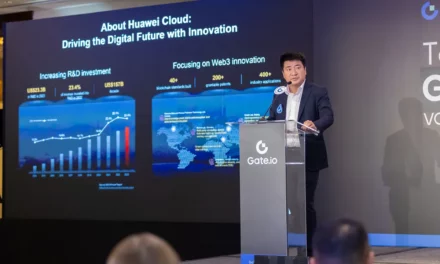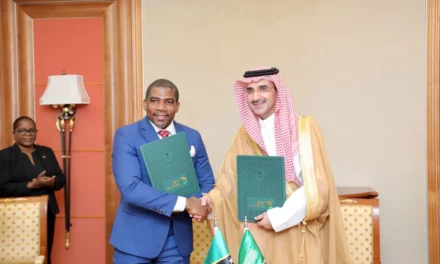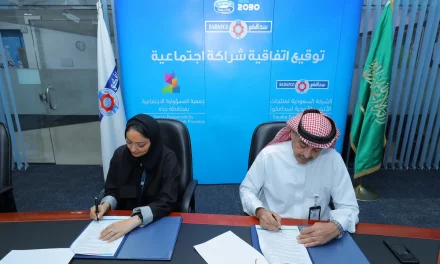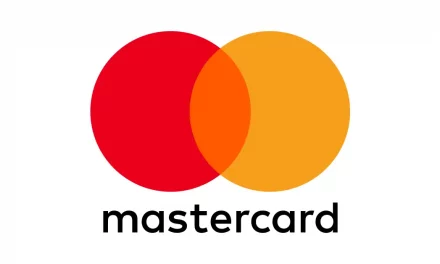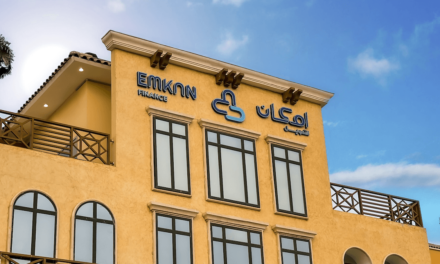
Amid macro uncertainty, investors have ample incentive to get moving, reveals Bain & Company’s Private Equity Midyear Report 2023
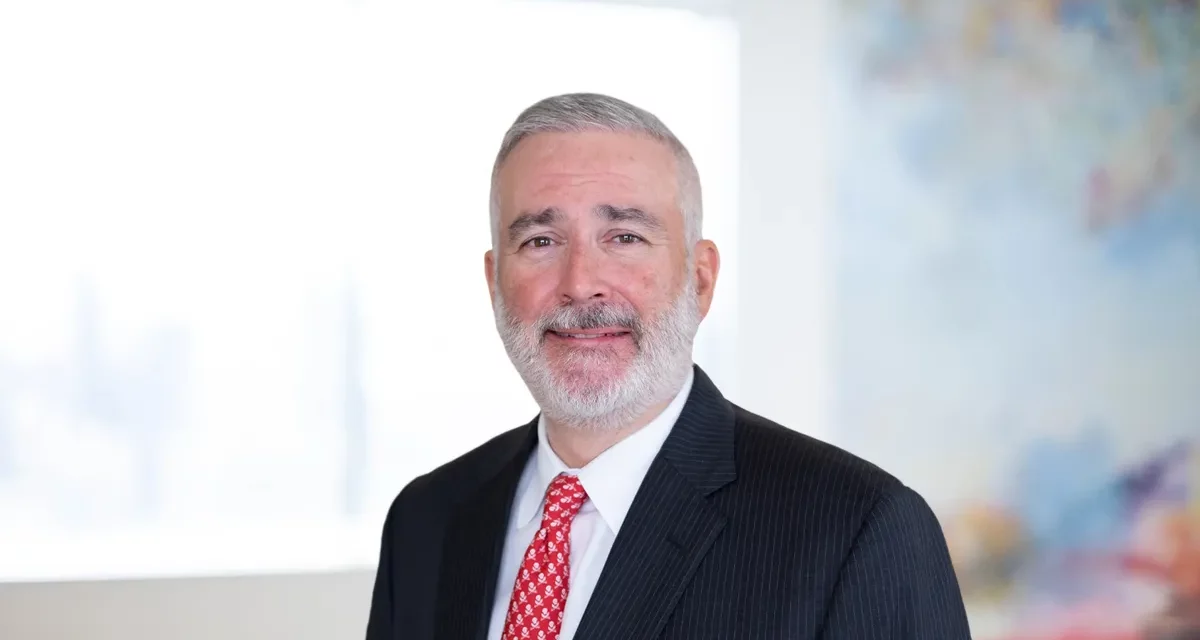
A full 12 months of relative inactivity is creating pressure on the private equity industry to find ways to return more capital to limited partners
DUBAI—August 1st, 2023— Bain & Company’s Private Equity Midyear Report 2023 shows that after four quarters of relative inactivity, investors have ample incentive to get moving. With the clock ticking on a record $3.7 trillion in dry powder and buyout funds sitting on $2.8 trillion of unexited assets, limited partners (LPs) are feeling a liquidity crunch.
A recent survey revealed that most LPs are more inclined to choose liquidity today rather than hold out for incremental gains. This suggests that the industry’s primary focus in the months ahead will be restarting the capital flywheel by increasing distributions to LPs—whether through exits, general partner (GP)-led secondaries, recaps, or other liquidity solutions.
“Sitting around because the market is down has never been a particularly effective strategy in private equity,” said Hugh MacArthur, chairman of the global Private Equity practice at Bain & Company. “Past cycles have shown that for dealmaking to rebound and continue, buyers and sellers need a reasonably stable economic environment – not necessarily an attractive one. And while investors need confidence in the five-year outlook for an industry and a company, a clearer picture is finally emerging. The global private equity market is hopefully stabilizing.”
“Unwarranted” concerns about too much dry powder
Bain’s study shows that concerns about “too much dry powder” appear unwarranted, as the volume is holding steady at $3.7 trillion across all private asset class strategies, with about 75% of that defined as “fresh,” meaning less than three years into the investment period. While there are challenges to getting deals done, particularly large deals, private credit is stepping in as commercial bank lending becomes tighter.
A $2.8 trillion exit backlog
Buyout funds alone are sitting on a record $2.8 trillion in unexited assets—over 4 times the level held during the global financial crisis. While investments were down, exits fell more sharply during the first half of the year, with 2023 annualized global buyout-backed exits on pace to drop by 54% versus 2022, and exit count is tracking toward a 30% decline. For cash-strapped LPs, DPI (distributed to paid-in capital) is becoming new the IRR (internal rate of return).
“The macro environment has shifted in the past 12 months, largely altering the assumptions behind many portfolio company deal theses,” said Brenda Rainey, executive vice president of Bain & Company’s Private Equity practice. “The decision to sell or hold an asset could come down to a pair of questions: Do you believe that exit conditions will be meaningfully different over the next several months? And does generating the return you were counting on require a value creation plan reset to account for all that’s changed on the macro front? Smart dealmakers won’t be betting on a wait and see approach, rather they know now is the time to make a move.”
In the Middle East, LPs prioritize liquidity over incremental gains, aligning with the region’s economic climate. Private equity firms will adapt their strategies to enhance distributions to LPs and restart the capital flywheel through exits, GP-led secondaries, and recaps. The region’s favorable conditions may lead to increased distributions and attractive investment opportunities in resilient sectors.
“Private equity in the Middle East is facing an opportunity,” said Katia Lattouf, associate partner at Bain & Company Middle East. “Public markets in the US have rebounded strongly in 2023 and the IPO window is beginning to open, allowing several private equity-backed companies to file offerings. Inflation is moderating in most major economies and banks are cleaning up their balance sheets. Private equity funds have always found ways to turn end-of-cycle dynamics to their advantage, the region’s players need to be ready to act.”
Bain’s midyear report explores how the first six months of 2023 played out in further detail:
- Investments: Buyout funds generated globally hit $202 billion in deal value during the first half of 2023, a 58% decline from the first half of 2022. Annualized, it netted out to be a 41% drop from 2022’s total. The 863 deals closed over the first half signal a 29% full-year decline from the pace in 2022, with add-ons continuing to represent a significant share of the global buyout market, accounting for 9% of total deal value in the first half of the year and 56% of deal count.
- Exits: GPs are feeling significantly more pressure on the sell side. Buyout managers have a backlog of unrealized assets that has slowed distributions to investors. Over the year’s first half, buyout-backed exits fell to $131 billion, a 65% decline from the same period a year ago. On an annualized basis, exit value is tracking down 54%, and exit count is off 30% compared to 2022. With about 26,000 portfolio companies sitting in buyout funds for almost six years, GPs need a schedule and a strategy to unlock the $2.8 trillion in unrealized value those companies represent. Most of those assets are coming up against, or have passed, the typical five-year timeframe for a private equity exit. Nearly one quarter have been held for longer than six years, and more than half have been held for more than four years.
- Fund-raising: After a decade of growth in private capital fund-raising, with nearly $12 trillion raised since 2012, 2023 fundraising has been unsurprisingly challenging. LPs remain in a cyclical squeeze, with a large amount of existing unfunded commitments, cash flow in negative territory due to the sharp decline in exits, and a notable supply/demand imbalance as nearly 14,000 private capital funds compete for an aggregate $3.3 trillion in capital. The value of global private capital raised in the first six months fell to $517 billion, a 35% decline from the same period a year ago. On an annualized basis, global private capital fund-raising is on trend to drop 28% in terms of value and 43% in terms of funds closed compared to full-year 2022. Fund-raising data can be a lagging indicator that might make the current environment seem better than what GPs are experiencing. This can be because some funds closing today were launched or committed to under better circumstances in 2021 or 2022. An even more forward-looking indicator is the current level of supply and demand. This current slowdown in available capital has come as a shock and increased competition is pressing funds to professionalize their capital-raising capabilities (we discuss more in depth here).




